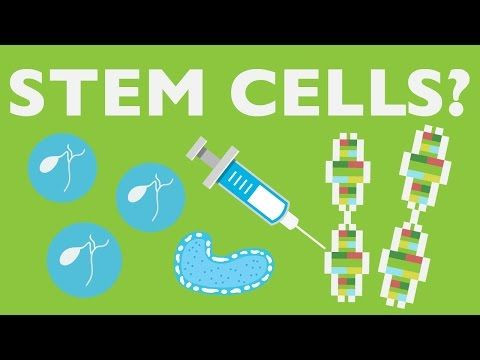Stem Cell Research: What Are Stem Cells And Why Is There So Much Controversy?

Stem cell research is often in the news both for its involvement in scientific breakthrough and the controversy surrounding its use. But while many of us are familiar with the term, when it comes to understanding exactly what stem cells are and what exactly they do, things can get a bit hazy. Luckily, YouTube channel Life Noggin put together a colorful video to outline the basics of stem cells.
First off, all of your cells contain the same genetic code which is unique to you (unless, of course, you are an identical twin or triplet). What sets a skin cell apart from a brain, bone, or blood cell is the manner in which these genes are expressed or turned on. Stem cells are unspecialized, meaning their gene expression has not yet been set. It’s this factor that makes them so important.
Adult stem cells, also known as somatic cells, are used to maintain and repair cells in the tissue in which they are found. These types of stem cells are used in procedures such as skin grafts for burn victims. Researchers hope that eventually science will advance enough to enable these cells to regenerate whole organs and therefore lift some of the burden from organ transplant lists.
Controversial discussions involving stem cells usually refer to embryonic stem cells. Rather than being taken from adults, these cells are retrieved from fertilized embryos and can theoretically become any type of cell. This type of stem cell therpy is used in studies involving the treatment of neurodegenerative diseases. The embryos are most often donated by women who are participating in in-vitro fertilization and have leftover embryos.
Despite this controversy, stem cells are at the forefront of treatment for everything, from Alzheimer’s disease to HIV, and are part of a truly exciting field of science.
Watch the video to learn more.



























